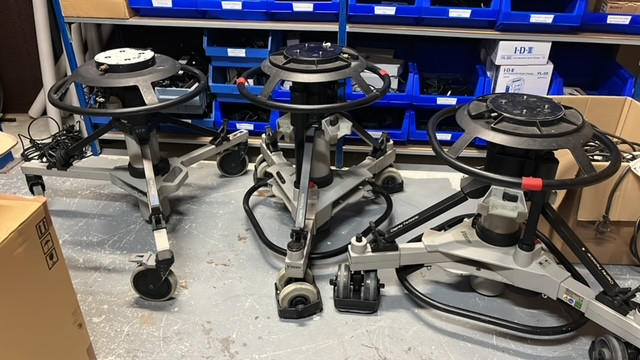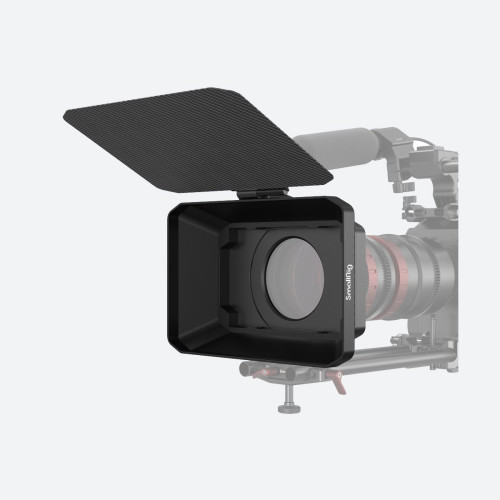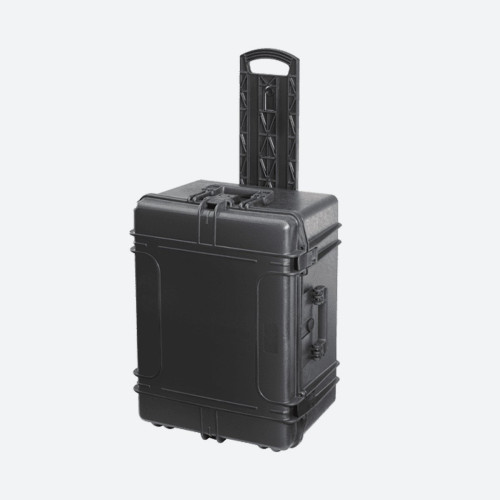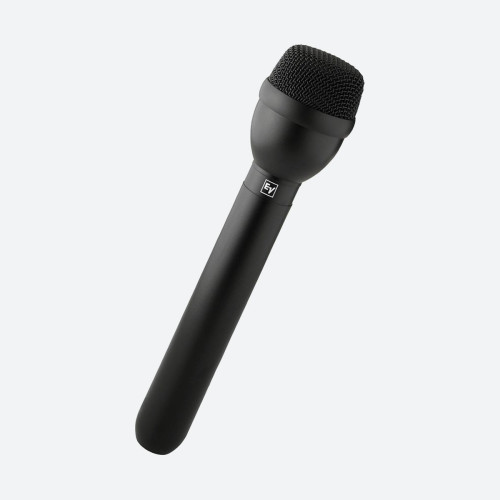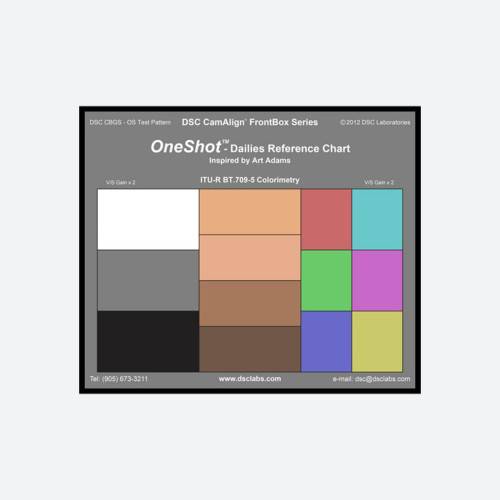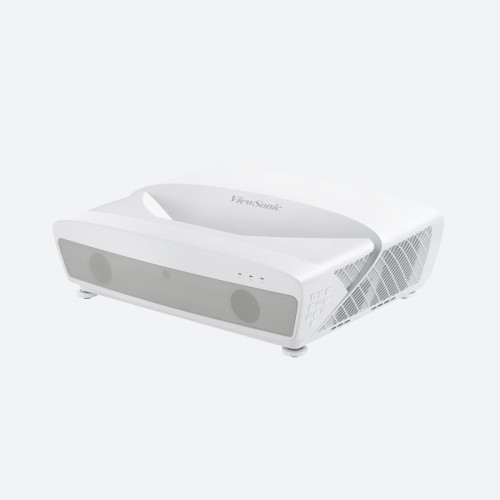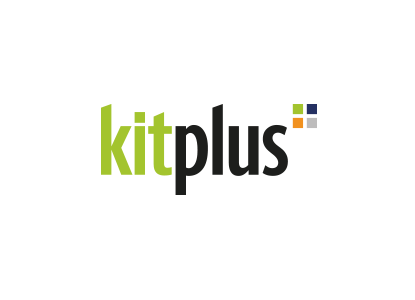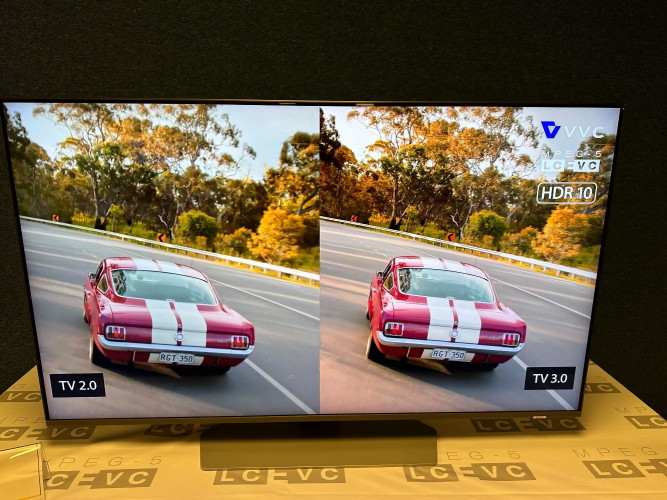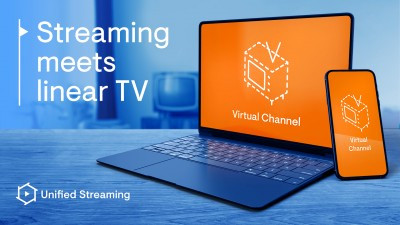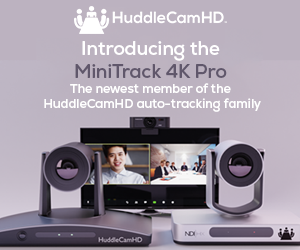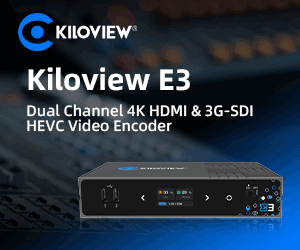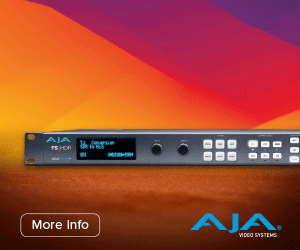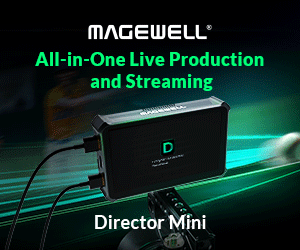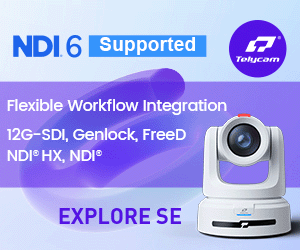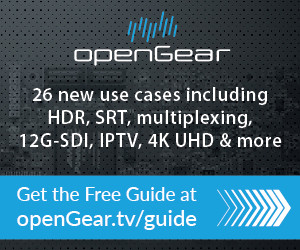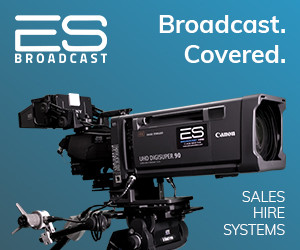by Eric Achtmann Issue 108 - December 2015
2015 has confirmed once more that 4K remains the TV industrys Holy Grail. While 4K TV screens are becoming more affordable and Netflix, Amazon Prime and even YouTube are beginning to offer some 4K content, mass adoption is still sluggish as the increases in bandwidth required for distribution make 4K business models difficult to stack-up.
For instance where a traditional HD broadcast requires around 2.7Mbps, 4K consumes between 10Mbps and 18Mbps depending on a number of factors. This bandwidth increase impacts all modes of delivery from available radio spectrum to broadband bandwidth and requires increased investment in core network infrastructure to support mass consumption levels of 4K video.
According to data from Akamai, less than 14% of the global broadband connections can support 15 Mbps, the midpoint bandwidth for 4K delivery. As many broadband networks use contention, this figure would undoubtedly drop if multiple users started to continually stream 4K content. Another inhibitor is the transition in revenue stream for telecoms providers from minutes of voice to units of data transfer. Where the phrase unlimited in reality turns to capacity limits of 30GB per month from a provider like BT, the UKs largest ISP, a customer would hit the monthly bandwidth limit by viewing a single 4K movie a week. Even more generous providers such as AT&Ts u-verse service with its 250GB cap would make it impossible to binge on a season of House of Cards in 4K without hitting usage ceilings and incurring charges.
One way to make 4K a viable option is to use more efficient compression to reduce the bandwidth requirements. This is particularly important as Ciscos research suggests that 80% of all consumer internet traffic will be video by 2019. Although 4K is effectively 4 times the resolution of HD, newer compression technologies ensures it does not consume 4 times the bandwidth. In the same way that technology has advanced to make microprocessor smaller with lower energy consumption and more compute power per nanometre, modern compression technologies have evolved to take advantage of the immense processing power at hand.
However legacy block-based codecs such as AVC/ H.264 and HEVC/ H.265 are built upon fundamental principles based on the technology from 30 years ago to achieve the delivery of SD video at 2 to 4 Kbps per frame. Because of the limitations caused by these underlying fundamental principles, these legacy block-based codecs cannot take advantage of all the greater power within modern CE devices. Todays TV landscape requires compression technology that can deliver Ultra HD content in 10 Mbps or less, which means that a new video compression paradigm is now a necessity for operators looking to deliver UHD at lower bitrates to extend the reach of their video offerings.
Using parallelism, newer codecs break compression into discreet tasks that can be processed simultaneously to solve the fundamental issue of 4Ks staggering bandwidth consumption. Our new codec PERSEUS exemplifies this shift. The technology is built around the current generation of processors on a newer set of mathematical transforms designed for the visual characteristics of 4K and beyond, all the while running on existing off-the-shelf hardware to reduce costs. Critically, PERSEUS is also designed to work over todays infrastructure and workflows and even enable operators to use PERSEUS in combination with legacy MPEG codecs.
The issue of squeezing increasingly high bandwidth video down small pipes is even more pressing for the burgeoning mobile video market. Delivering HD content over crowded 3G and fledgling 4G networks is an initial challenge that the new era of compression technologies need to solve. In a recent trial using PERSEUS, British telecom giant EE streamed 4K quality video live over its 4G network without disruption, whether in central London at rush hour, or in rural areas such the New Forest. This demonstrates that compression technology can help operators deliver any type of content to any device over any network seamlessly and without interruption.
The new compression technologies such as PERSEUS also solve the bandwidth issue by reducing the number of streams needed to serve audiences with different quality requirements. By virtue of its hierarchical format, PERSEUS is natively multi-scale, meaning that all levels of quality for any given content may be contained in a single file or stream. For example, content may be distributed to set-top-boxes (STB) in 10Mpbs UHD while the stream can then be stripped off and viewed on mobile device quality at SD rates as low as 0.125 Mbps.
This combination of advanced compression and multi-scale delivery offers the potential to improve the bandwidth demands in future applications such as immersive TV, glasses-less 3D, High Dynamic Range broadcast and the relentless rise of video gaming.
Compression technology will play a crucial part in solving the 4K conundrum, and utilising new codecs that address the business, bandwidth, picture quality and workflow challenges will enable operators to offer better content across a larger range of devices to any type of consumer.




